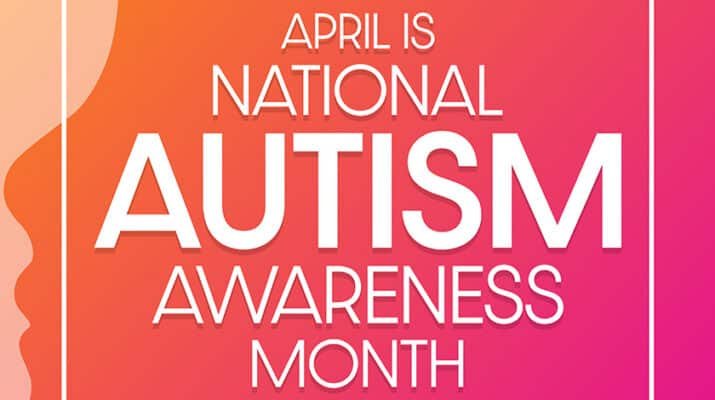By Deborah Jeanne Sergeant
Children on the autism spectrum often struggle with social skills, academics, communication and other activities of daily living in varying degrees. Applied Behavior Analysis is a kind of therapy that uses observation, recordkeeping and positive reinforcement to find what triggers unwanted behaviors and what promotes desired behaviors.
Its goal is to help children achieve their potential for independence.
Psychologist Ole Ivar Lovaas developed ABA in the 1960s, based upon behaviorism. ABA doesn’t “cure” autism but helps children with autism better understand the rules and expectations of a world that oftentimes seems inconsistent, incoherent and frustrating to them. Caregivers and teachers at school and parents use ABA to help understand how to best support their children’s development.
Although early versions of ABA included negative reinforcement for unwanted behavior, the current version of ABA uses positive reinforcement to help foster desired behavior. ABA has garnered criticism for its intention to force children on the spectrum to behave in ways socially and academically acceptable rather than to consider autism an example of neurodiversity.
For some people, some behaviors manifested by their autistic neurodiversity hamper their ability to learn and function. That’s why ABA can prove helpful for some.
“ABA definitely has a lot of positives,” said Susan L. Scharoun, Ph.D., associate professor in the department of psychology at Le Moyne College in Syracuse and psychologist with Elmcrest and Toomey Residential Services in Syracuse. “It’s used very successfully with some children. I can’t say it’s a one-size-fits-all or every child with autism will benefit. It does come across as ‘everyone’ benefits.”
Tracking behaviors, antecedents and environmental factors is very time consuming. Scharoun said that some parents hire people to work with their children with ABA because it takes so much time.
“The vast majority of times, it’s successful when they have self-stimulating or self-injurious behaviors,” she said. “They often address those behaviors by altering the consequences. It focuses on the consequences: what does it give that child?”
The ABA method of discovering the patterns of cause-and-effect can aid parents in developing strategies that work. For example, if lunch is late on the days a child has a meltdown, it’s apparent that it’s tough for the child to cope while hungry. Scheduling lunch earlier or serving a larger breakfast may represent ways to prevent the meltdown.
“ABA has a place in the toolbox of working with kids with autism, but it’s not for everybody,” Scharoun said. “When working with families, you need a different set of tools that meets that family’s needs.”
For some, ABA works for a while but then the children fail to generalize the skill they’ve learned. For example, they stop “stimming” — engaging in a self-comforting but meaningless repetitive and disruptive behavior — at school, but continue to do so at other places.
Scharoun said that generalizing may improve if each caretaker agrees to work on the skill with the child in the same way.
Previous versions of ABA used punishments to minimize unwanted behavior.
“ABA still focuses on compliance with demand and rarely considers the meaning of behavior for the autistic individual,” said Christine Ashby, Ph.D. and professor at Syracuse University and director for the Center on Disability and Inclusion. “Often the focus is on moving the autistic individual to more non-disabled ways of interacting and behaving. ABA positions autism and the ways that autistic individuals engage with the world as problems to be solved through remediation and treatment, rather than recognizing and valuing the diversity of human experience.”
She also pointed out the intensity of this intervention, usually offered in a one-on-one setting which may isolate students from the inclusive learning opportunities that happens in classroom of peers.
“Many autistic people have spoken and written about the damage of ABA, considering the practice harmful and even abusive,” Ashby said. “Instead of promoting ABA, my approach to supporting autistic students is grounded in listening to autistic people, ensuring all students have means to communicate effectively, attending to sensory and movement needs and fostering inclusive educational and social opportunities.”
Nicole DeRosa, PsyD, chief clinical officer with the Kelberman Center in Syracuse, cited ABA’s “longstanding history of evidence-based practice. But like any other therapy, it has to be a good fit,” she said. “Any type of service should be in a strong, trusting therapeutic relationship with the therapist and family remaining key players.”
This includes the children themselves, who must understand on some level that gaining these new skills or dropping unhelpful behaviors will help them. Without motivation, change is difficult.
“It has to be the right fit for that family and individual,” DeRosa said. “They have to have an understanding as to how the therapy will work and the goals they’re working on. That has to align with your values as an individual and as family members.”

